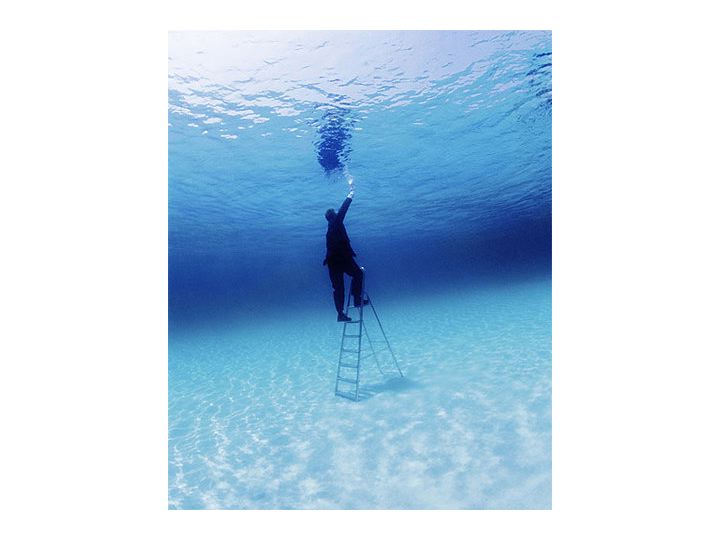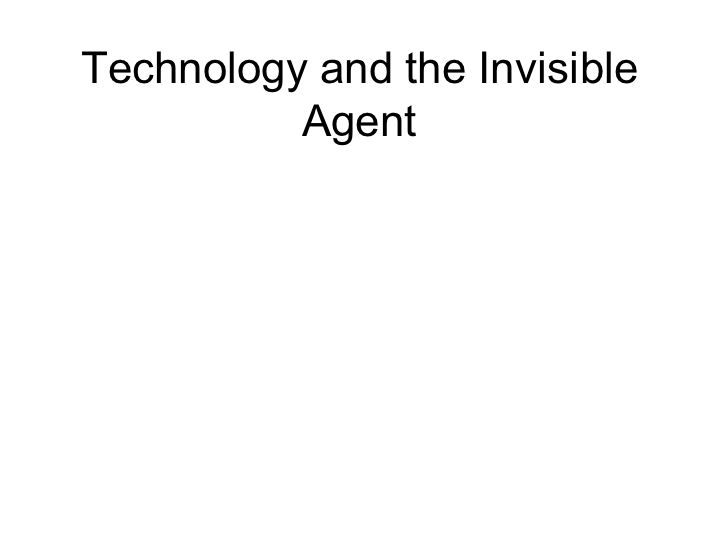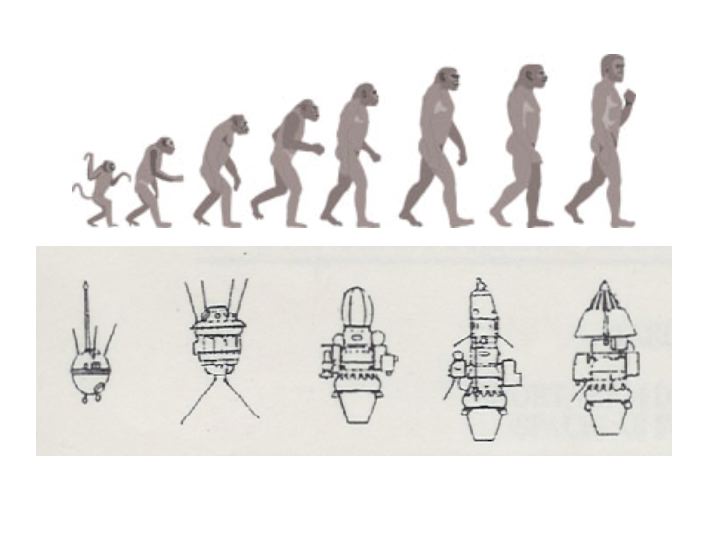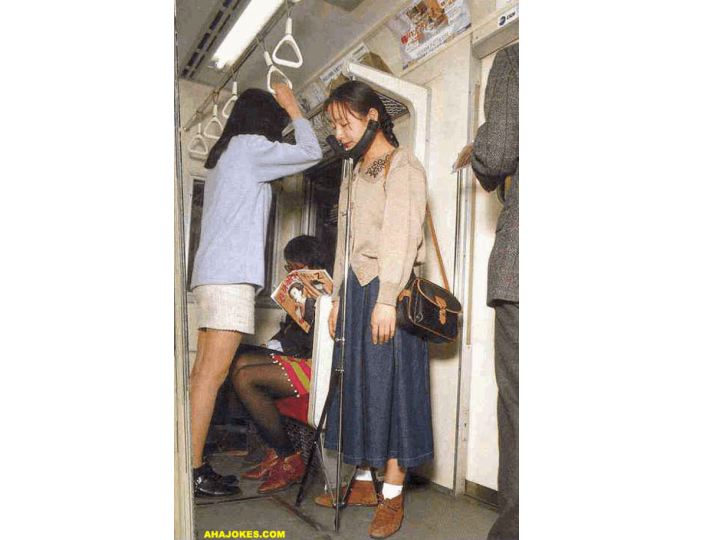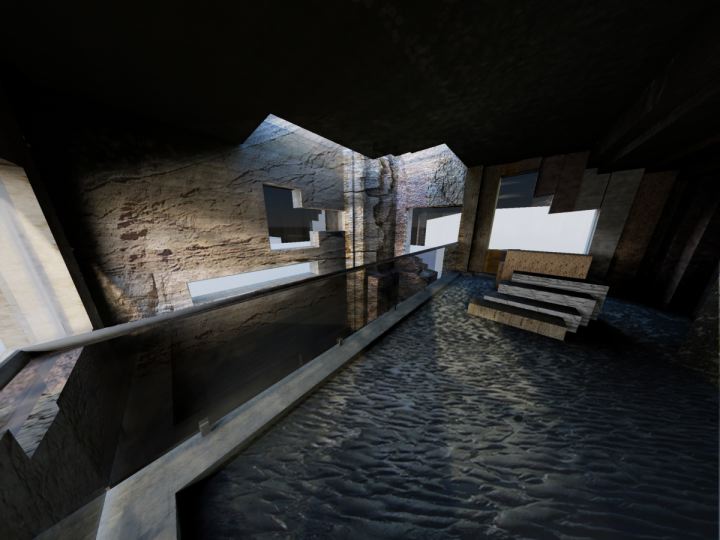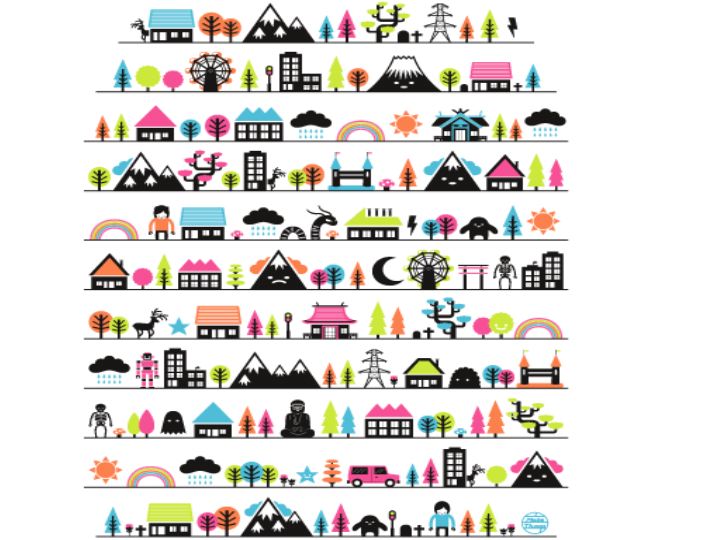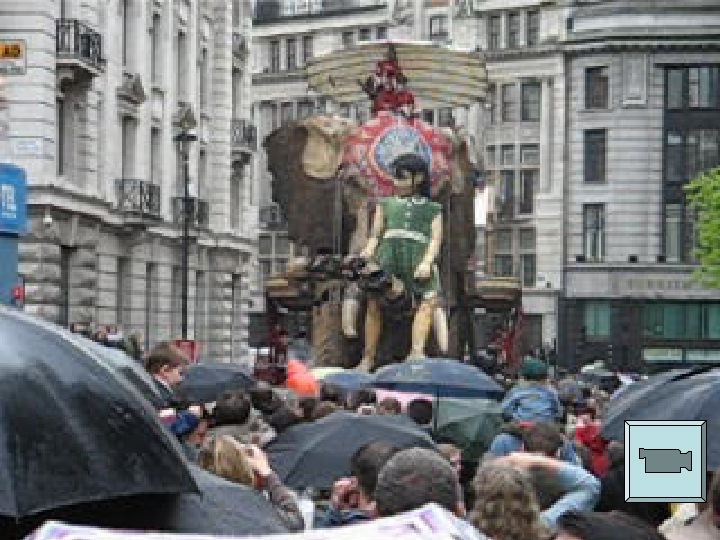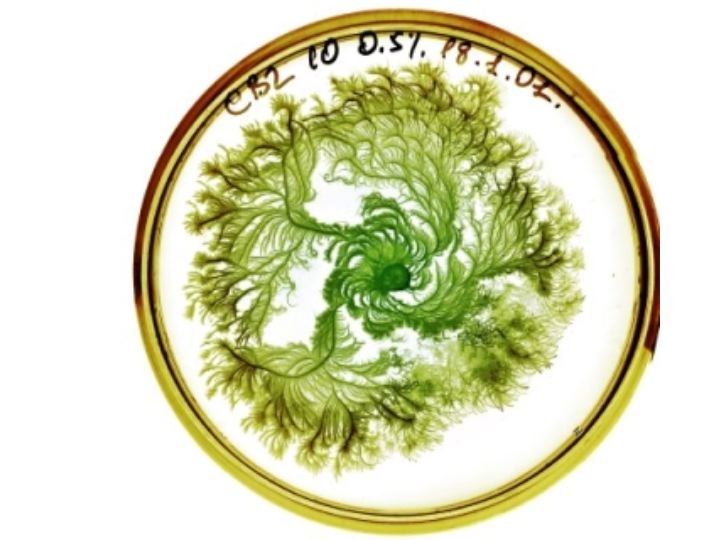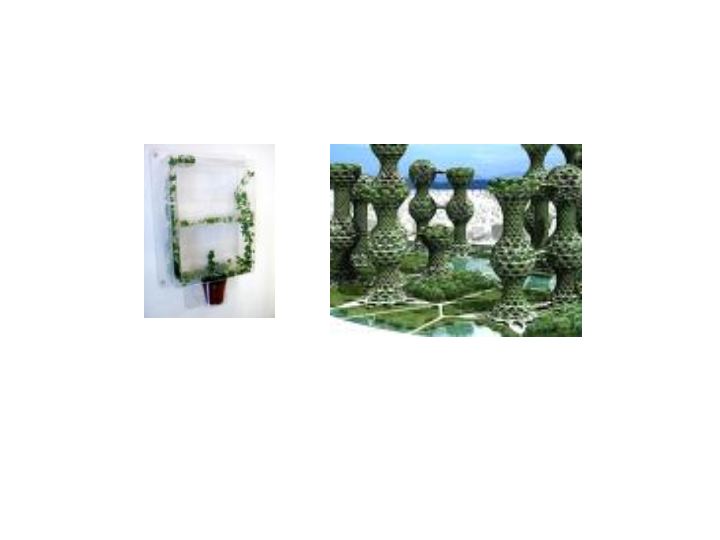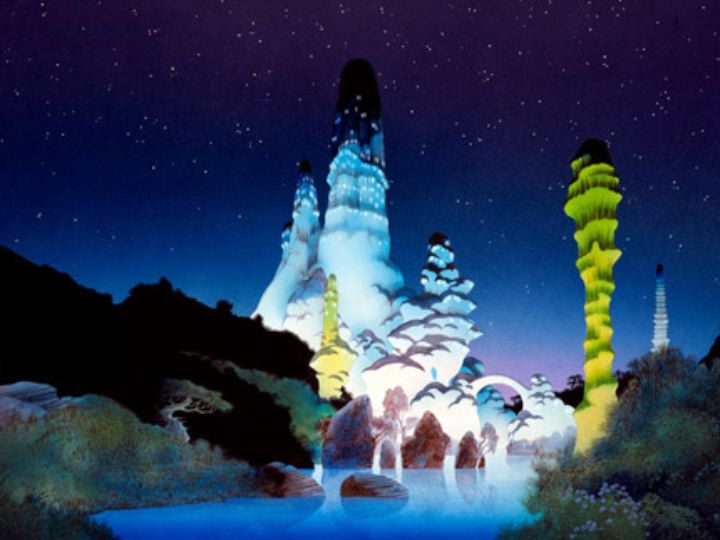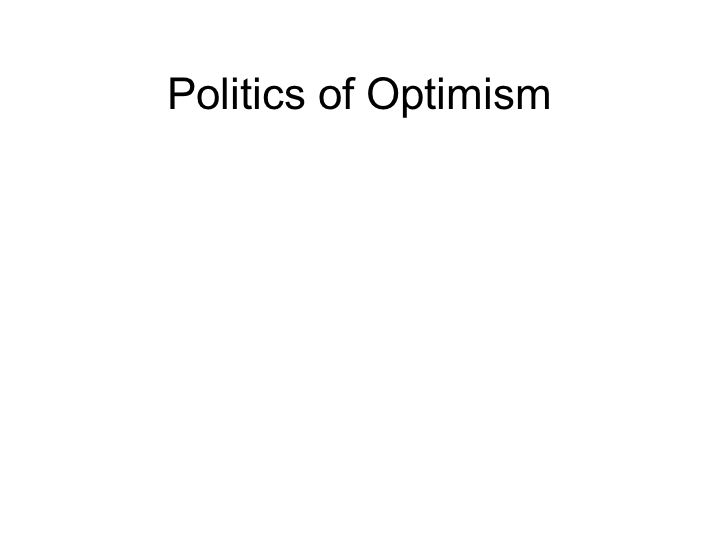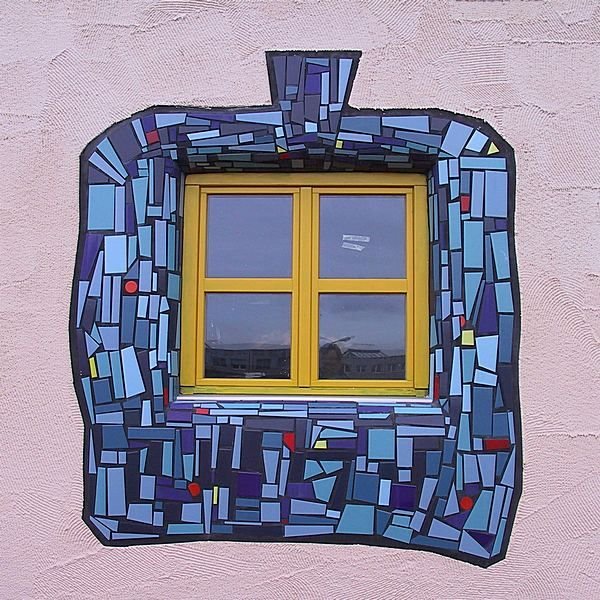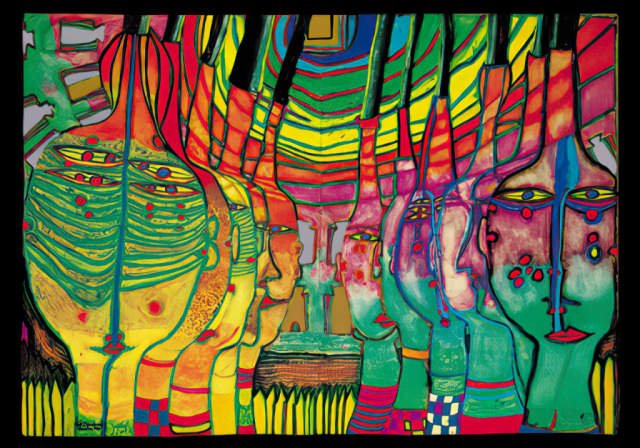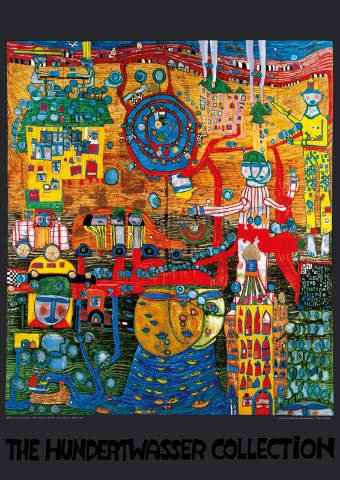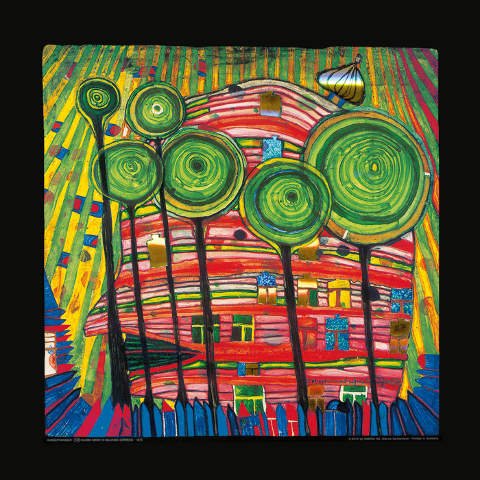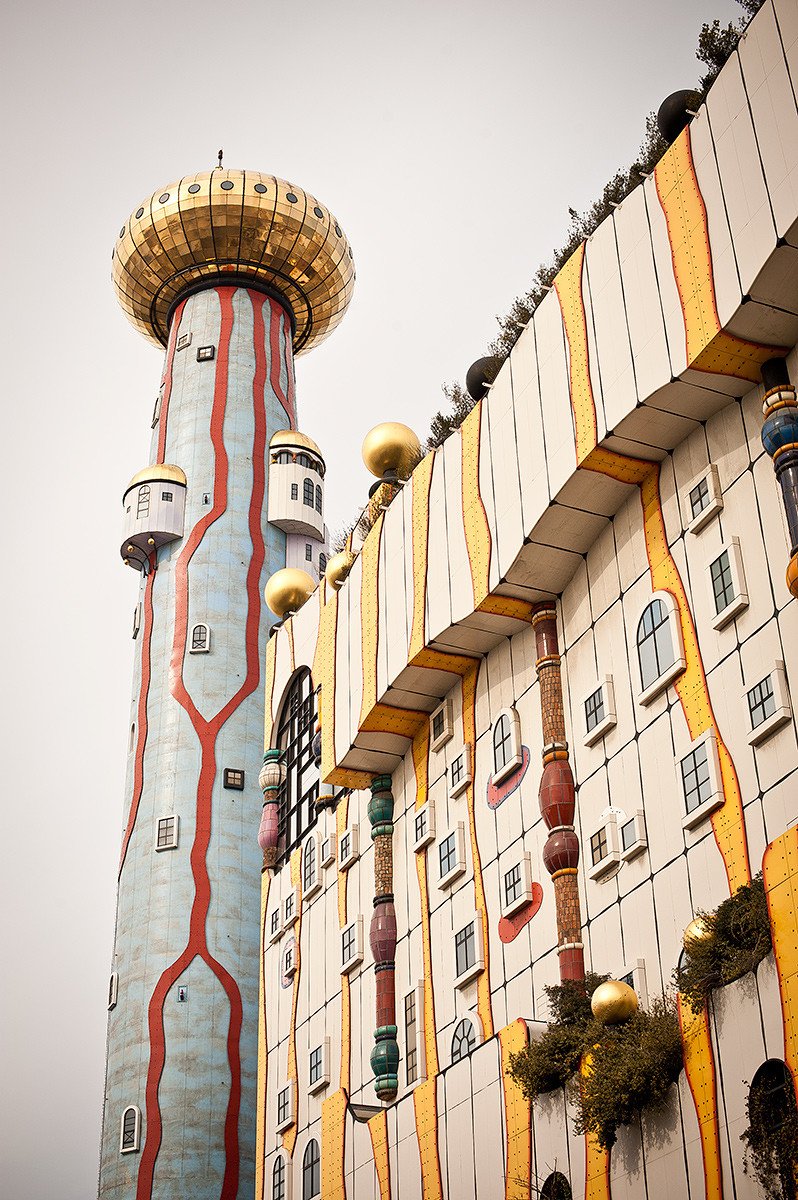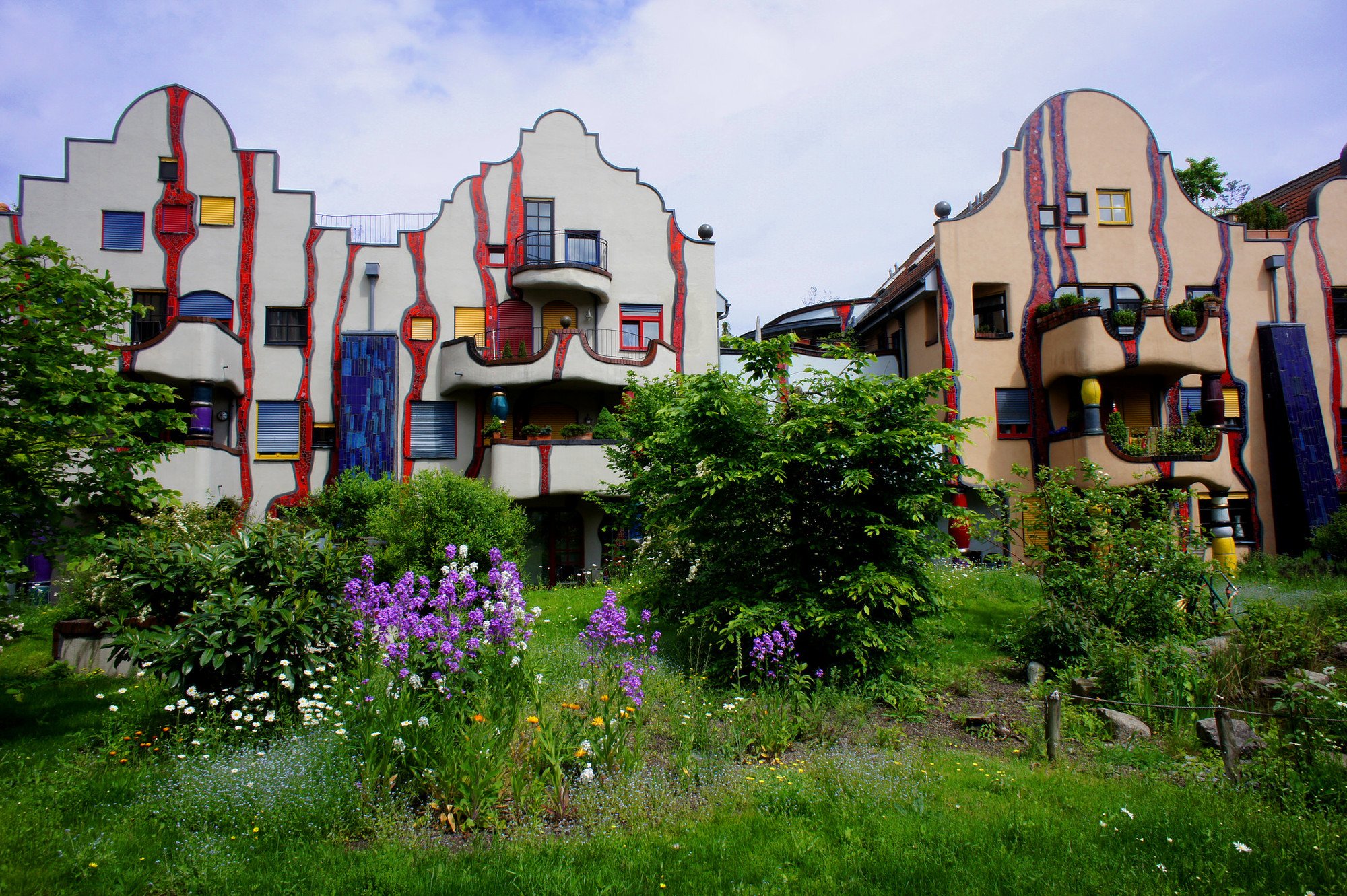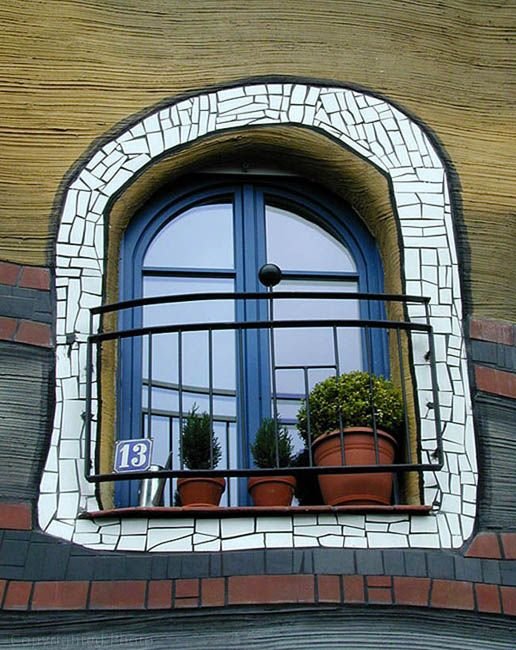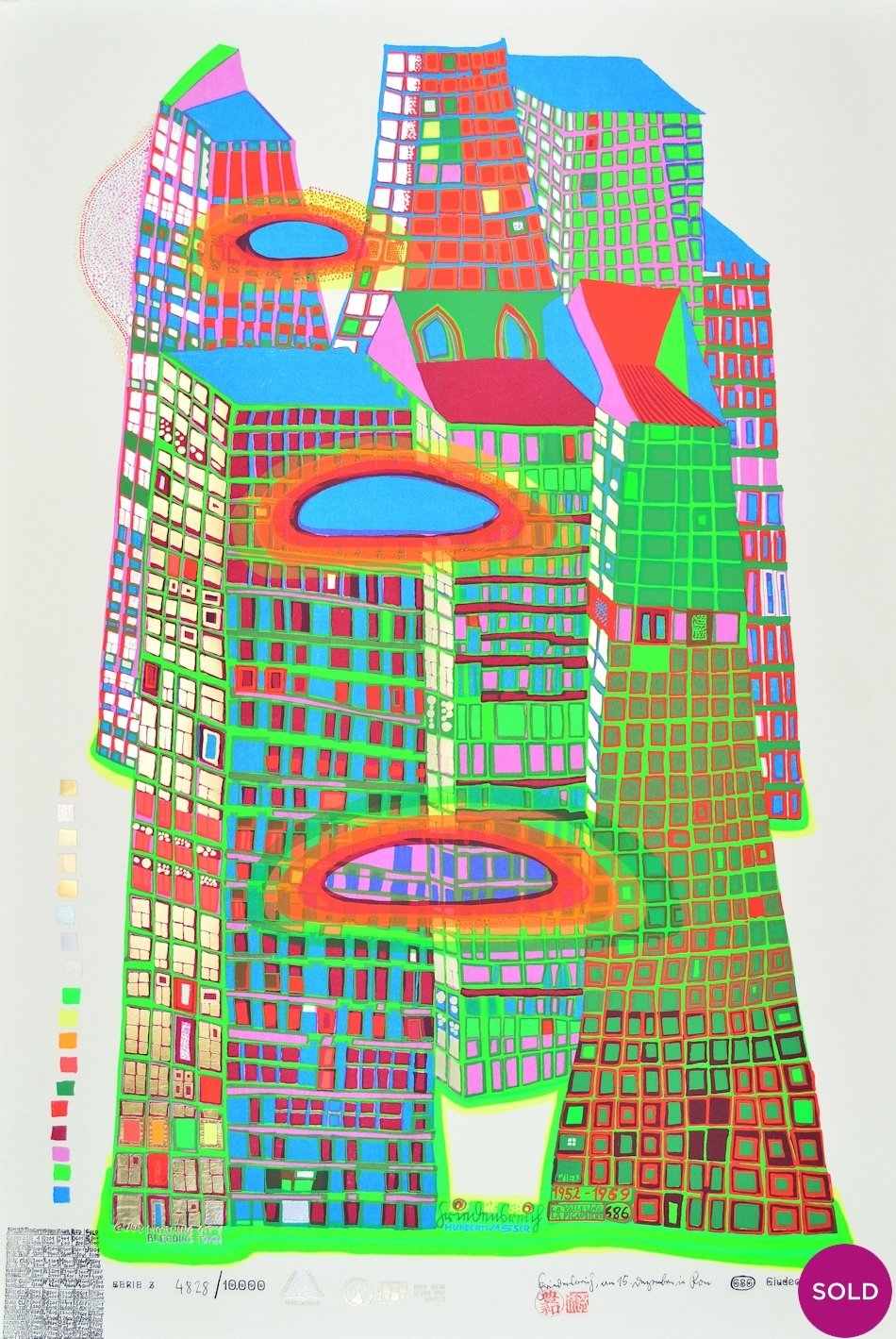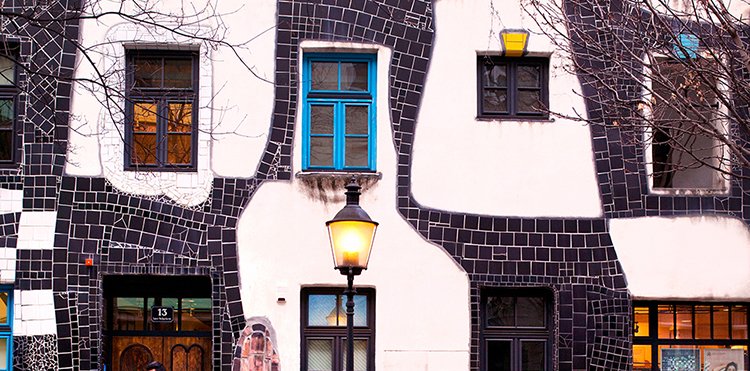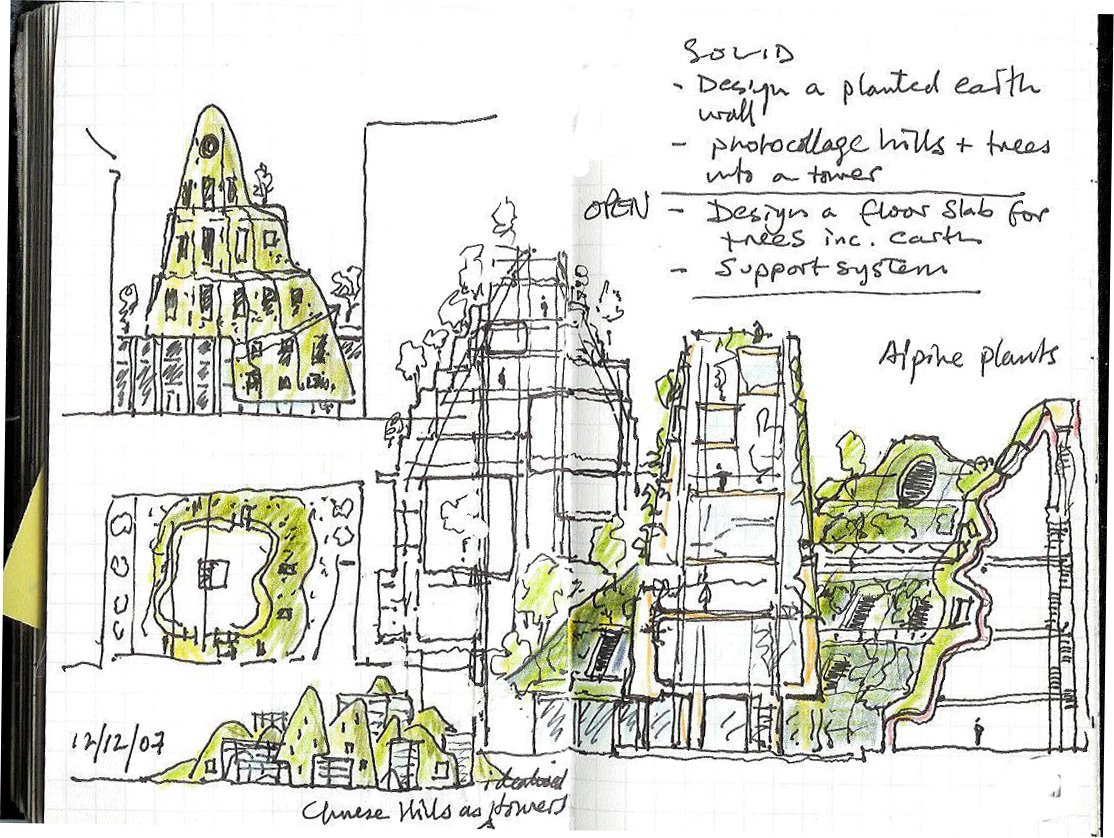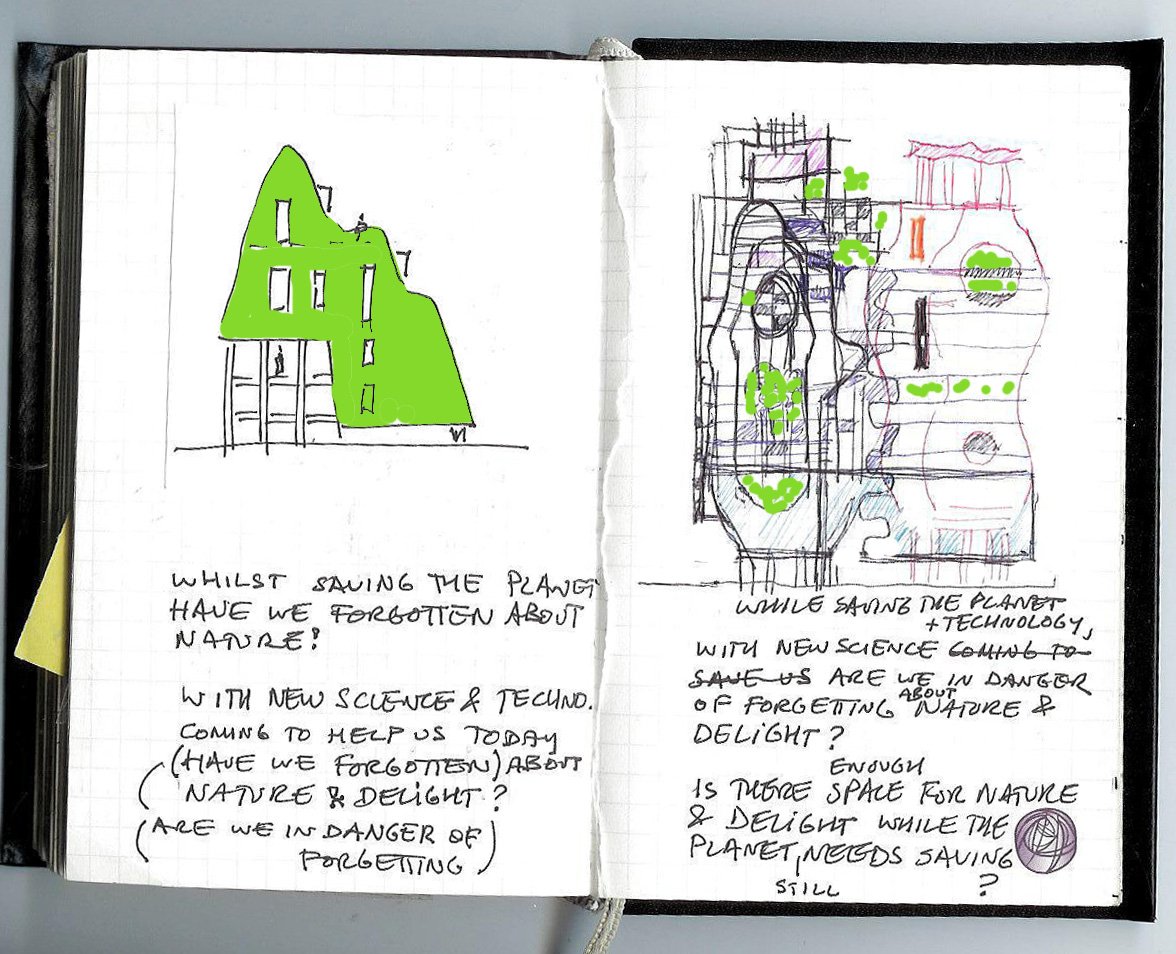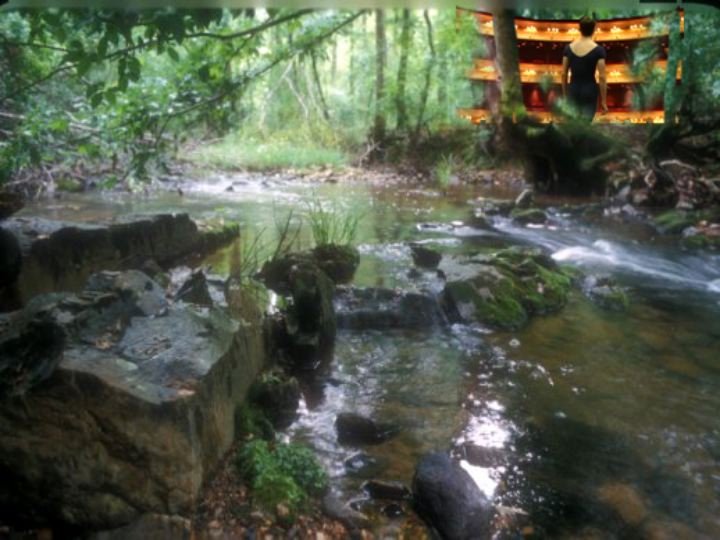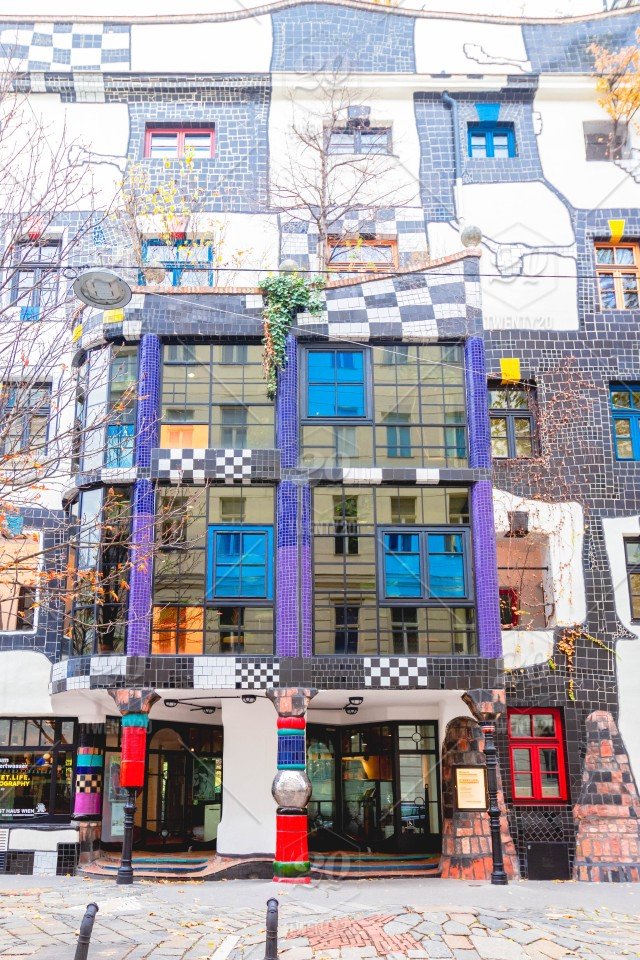'Sustainable Dullness and Constructive Pastoral Delight'
We are all trying to save the planet in the 21st Century but how do we do it without becoming too dull? This seems to be the question we should be asking today
Since Vitruvius first claimed that firmness, commodity and delight were key elements of architecture, many developments have been made in firmness and commodity through social and technical improvements. However, now we are predominantly immersed in environments of data and media the element of delight seems predominantly image and text based. I think that in architecture this should be challenged: in a digital age we need more physical delight to balance our overwhelmingly mental lives.
The surface has become more important to architecture in the digital age than the interactive interface; the façade rather than the niche, the label rather than the feeling. In the last century, machines replaced the natural and pastoral delights of the land with modernism. Now, the delight of the keyboard and cell phone are replacing the delights of mechanical machines. Hi-tech is giving way to an architecture of low tech or invisible super technologies.
Let us not ignore the new technologies in our search for a green architecture. But find ways to use it to enhance our connection with the natural world. We have always delighted in the interfaces we have with our environments and the materials of our environments, in the control, function and commodity they offer. This has inspired architecture and the invention of use objects or tools. But, today this interface is less physical than ever before and often invisible. This technology is harder to express. I would say our architecture is therefore becoming less delightful. It seems our delight has become predominantly one of mental consumption. The reduced kinaesthetic and sensory experience of interacting with the environment, tools and materials of our environment is reducing our capacities to appreciate inhabiting physical space and architecture. This is why I wish to explore pastoral appreciation in a digital age, to look at how we can fully appreciate the physical, natural surroundings and interfaces architecture offers and how it can benefit our current crisis by reconnecting us in new ways with nature.
Natural environments have always been a source of inspiration for artists, architects and scientists. In the blank void of nature lie new ideas; the intellectual distance and gaps of the natural world offer creativity. Our intellects cannot stand the blank and chaotic nature, so we make sense out of it. But now we are running out of gaps to fill. We have always attempted to order and construct around us a sensible world. We are not used to the wilderness, we are social and need constructs. But now we may have too many constructs and may need to bring some green looseness back into our cities. Not just to save the planet, but ourselves as well.
In our search to fill the voids of understanding we now want to find the answer to everything. This diagram of E8 shows where quantum physics is now placing its ultimate questions of how the universe works. It shows an ecology of linkages. We are not satisfied with nature as it is but now our most advanced diagrams have a remarkably natural quality to them. Perhaps even in our most advanced intellects there lies a hard wired connection to the natural unknown worlds; to the romantic nature.
We go to great lengths to reconnect to the natural world and this reconnection takes many forms. Perhaps the strength of this physics diagram is its gaps. It seems it is the unknown, the unprogrammed, the gaps between the links and the mysterious that have driven us to learn and grow. The mysterious or the green wilderness can act like the obelisk in the 2001 film. It’s alienation forces us to react and keeps us lively and thinking. The mysterious, mystical and magical is the basis of cultural desires and as such become the basis of technological tools. I propose that if we become too engrossed in the rational and technological aspects of our environment we will neglect not only the earth itself but ignore what is driving us subconsciously. Our desire to reconnect with nature and enjoy mystery can be used to help save the planet and our humanity.
The search for the unknown and mysterious helps us to evolve. But what will happen when we think we have all the answers? What happens if our present ecological crisis precipitates simply energy, money and rationally biased environments to the exclusion of the sacred and wonderful. I suggest that there is a danger we might lose our mysteries and wonder as well as the planet. Our environments are becoming somewhat cybernetically rational: rational because all can be answered intellectually. Cybernetic, because we are more controlled and controlling. However, our mysteries, shared or individual, offer an evolution at many levels and a way forward for green architecture. A green architecture designed with mystery in mind can respect humanity and nature; and can nourish us at a deeper level.
Have we become so digital in our thinking that we find the fun and playful wonder of mystery naïve? Scientists have proven that fun and happiness are a key to health, intelligence, memory and business success. I propose an ‘ecology” of design thinking that is fun and free of the desire to be seen as simply right in a black and white binary sense- thinking. A green architecture that offers synergy feedback, mystery and the growth of systems in an architecture of opportunities.
Here buildings can evolve and grow and therefore last, using our new technologies and the natural elements. I believe that the combination of fun and living nature with complex technologies is a way forward in the face of fear and figures of environmental disaster. Saving the whales, rainforests and the planet itself should be more about appreciating and creating life, not simply saving energy and money. This is a near sacred experience and I feel that the financial calculations and energy-saving technologies so important to architecture today- neglect the fun of life, technology and essences of life and nature which should be added to our cities.
We can often find ways that nature can reflect our own imaginations and our own thinking, particularly in our relationships with animals. So as cities expand and become more densely populated with people and media messages, maybe the inclusion of wildlife from the surrounding countryside can offer us something? As opposed to destroying wildlife perhaps it can be incorporated beneficially into urban environments? We could find ways that allow animals ways to maintain their character and wildness whilst inhabiting cities with us. The distance between us and nature’s animals is shrinking so we better start learning to find ways to mutually benefit one another by our presence.
Bird baths.
Bird nests.
Cat, dog and fox runs.
Ponds.
Planted roofs and walls.
Aquariums.
Aviaries.
Horse pastures.
Cattle grazing.
Chicken coops.
Dovecotes.
Stables.
Kennels.
Catteries.
Rabbit hutches.
Squirrel nests.
Badger sets.
Deer grazing.
Now we are more likely to be immersed, even infiltrated by data the challenge which faces us is environmental in a broader sense. We need to understand how we respond to data and create knowledge. If we re-establish how we relate to living and natural elements we save a very basic human experience of reality: the physical living experience of being on the natural planet, not predominantly in cyber space: but kinaesthetic. This is another way of thinking with the body and is not simply intellectual. Architecture can help us to think in this physical way.
Our interrelations with the natural world, each other and ideas can be re-established in ways that are now not only useful, but joyous too. The efficiency of tools and ideas as effective means for moulding the environment can now give way to the efficiency of play, not simply function or utility. Physical play helps us to learn and has been a key to human and child development throughout the ages. Happiness is proven to improve memory, communication, learning and relationships. Play is a way to learn and re-establish our relationships with the natural environment, data and other living species. Nature offers playful delight, not simply utility, it offers a way to reconnect with ourselves and the natural world. A green architecture should playfully integrate nature with its structures.
More joy and play can supplement the number crunching energy efficiency of the designs and audits we architects now make; forgetting the life and joy we are wanting to save. Ecologist and designer Hundertwasser has pointed out that our environments are being generated by predominantly economics and statistics; becoming less life fulfilling. Life affirming arts or shared human experiences seem to give way to statistical techniques. I hope today we can learn ways in which green issues can be extended beyond simply the pennies and kilojoules into the realms of imagination, energy surplus not saving, plants and animals, art, communities and play; not letting the current ecological crisis overcome our joyful experience of the sacred act of living.
Biologists suggest that our whole body has ‘neoro-peptides’ (intelligent cells) flowing through it; our intelligence and consciousness is not found simply in the brain. Anthropologists have suggested that ancient man’s brain and awareness grew as result of using hands to manipulate the surroundings. Consciousness and walking came about through interacting physically in the environment with our hands and arms. Our physical and mental evolution started as we physically interacted and evolved our surroundings. So a more playful physically engaging architecture influences our consciousness at a deep level, a green architecture should be playfully adaptive.
Lovelock suggests that our evolution is directly connected to the evolution of our surroundings and that we are part of creating an ecology of synergistic evolutions and adaptations. If we cannot adapt and play with our surroundings we cannot evolve. In order to adapt and play with our surroundings we need to appreciate them; and appreciation creates excellence.
As our ecological world seems to be precariously heading towards a catastrophe, or as Lovelock suggests is already in a catastrophic state, I propose that we should leap into a more balanced and idyllic paradigm which better integrates play with the natural, technological and our deeper selves. The first man moved rocks and so adapted his natural environment. With this playful adaption he therefore made technology, architecture and affected himself (in terms of boundaries, evolution, agriculture or shelter) whilst working with/or against the natural world. This was the first science and technology and it was natural and could be argued that it always is. Alternatively, it could equally be argued that the natural world has always been affected by man and is always artificial. The self, man-made stuff and the natural world have been strongly interconnected ever since this first moment. However, as we live in cities this connection is becoming abstracted and the distance between us has made the living world and pyshical play something of a distraction from our increasingly intellectual lives, lived in media and communication.
Interactions with our environments and each other once were defined by how we used materials taken from the earth. The uses of stone, bronze, agriculture and machinery have defined how we have interacted with ourselves, our man-made tools/ surroundings and the natural world. Compared to how we once engaged with language, the land or mechanical machines, how much do we really engage or adapt with the nano/information (not knowledge) around us? How malleable is information and culture today? How much more do we question information and didacts today? How much do we cherish and care for our information/tiny technology stuff as we once did our stories, songs, horse, garden, boat, house and car? How do we care for the physicality of ourselves and environments joyously when we would rather be in another space, a digital place.
Teilhard de Chardin posits that such a thing as a ‘noosphere’ exists and that this is an accumulation of human consciousness, which will bring about mass spiritual growth when it is infused with the Holy Spirit. I suggest that the realisations of the Digital Age, including those of image and surface and directly marketed objects and experiences will be seen as thinner than first imagined, once a critical mass of people have become media saturated. Then a new age of green architecture will be upon us.
Rupert Sheldrake talks of each species possessing a ‘morphic field’, a collective subconsious. This could be developed amongst various species in parallel to one another with certain subconscious benchmarks and overlaps which we could also be engaged in via architecture. In this way a communication between species and ourselves augmented by architectural interfaces could be more quickly developed. This could offer us new ways to appretiate physically the environment and each other; kinaesthetically and through the senses.
As we lose the ancient relationships of individually using the natural world for our material gains, and rely on others to farm, fish etc we still have a strong desire to maintain contact which nature and this desire causes a shift in our appreciation of nature. Levi-Strauss suggests we wish to “ maintain the coherent relationships conceived by men in a previous (natural) environment. So strong does this need for coherence appear to be that, to preserve the unvarying structure of relationships, people prefer to falsify the image of the environment rather than to acknowledge that the relationships with the actual environment have changed…”
This falsification is required to a greater extent in the urban world and may possibly be found in the myths of past times, good stories, cyberspace media and games; all are a form of secluded non-public space. As Fowles says, we need a place, a forest, in which the green man in us can hide, a place to play as a child with the complexities and paradoxes of childlike experience. With an information environment of data and fact this desire for the ‘woods’ is stronger and an artificiality or falsification of nature increases.
Sustainable should imply sustainable appreciation, keeping the joys of life going, sustaining our delight so that we can sustain the world, nature, our technologies and each other.
“Pastoral poetry makes poignant and real the dream it wishes to convey when the retreat is not a lasting but a passing experience, acting as a pause in the process of living, as a breathing spell from the fever and anguish of being. Then it fixes the pastoral moment, as an interval to be chosen at both the proper hour and the right point. The right point at which to stop and rest from a journey is a secluded spot, appealing to the traveller through the charm of its quiet and shade. Hence the topos of the ‘lovely place’ or ideal landscape…
It’s presence in an epic poem, in a romance or a tragicomedy foretells the unexpected apparition, which breaks the main action or pattern, suspending for a while the heroic, romantic or pathetic mood of the whole. Accordingly, the topos itself is but an idyllic prelude to an interlude, where the characters rest from their adventures or passions. Since the pause normally occurs in an obscure place, the intermezzo itself should be termed the ‘pastoral oasis’.”
Renato Poggioli 1957


























































